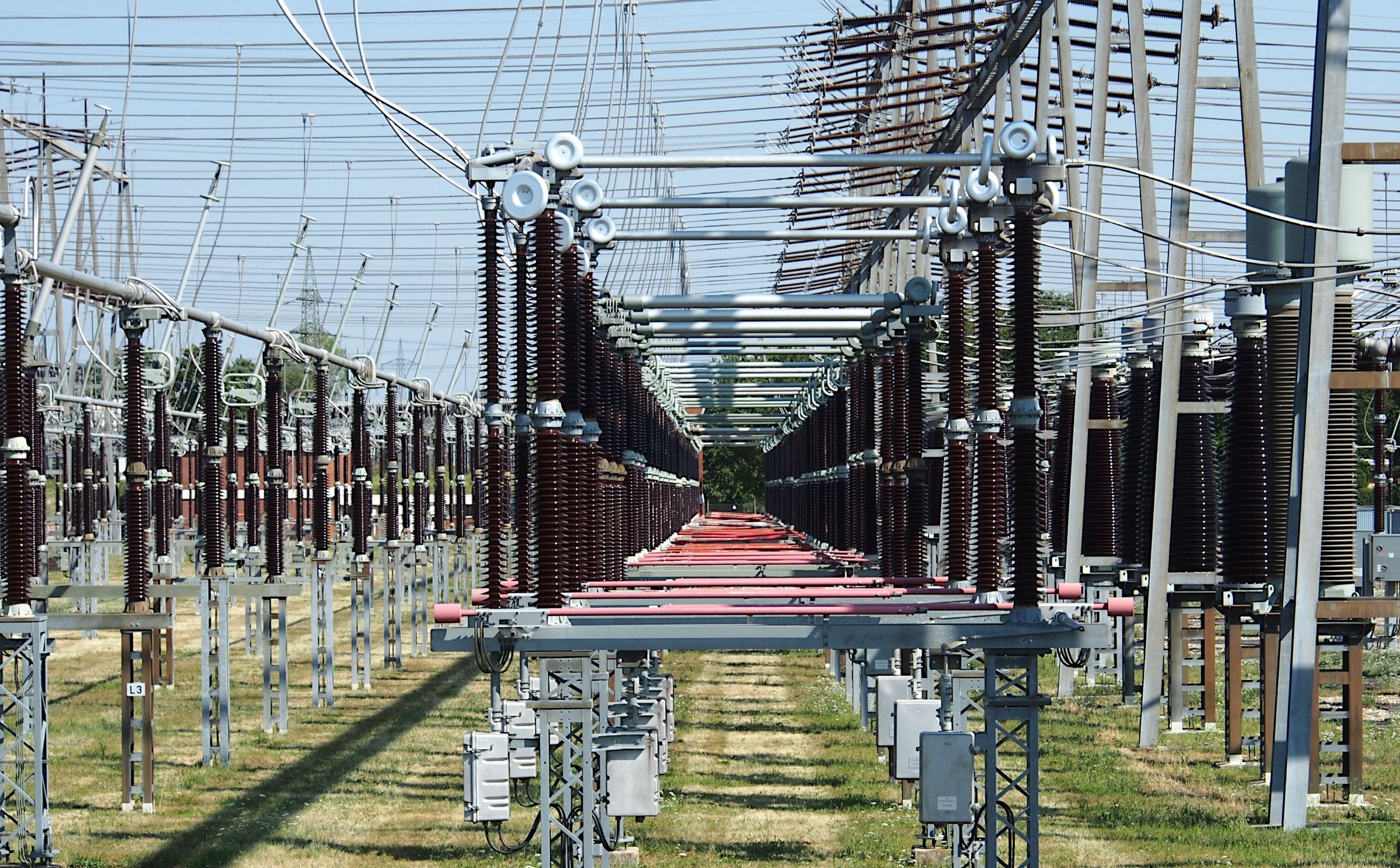METAL ORGANIC FRAMEWORK AS EMERGING MATERIALS FOR NEXT GENERATION SUPER CAPACITORS: A COMPREHENSIVE REVIEW
Abstract
The growing global energy demand and environmental concerns have intensified the search for efficient, sustainable and high-performance energy storage devices. Super capacitors with their rapid charge-discharge rates, long cycle life and high-power density have emerged as promising candidates for next generation application and the performance of conventional electrode materials remain limited. Metal organic frameworks and emerging class of crystalline forest materials offer unit advantages including tuneable structures, high surface area and chemical versatility. These features make MOFs and their derivatives attractive for enhancing electrochemical performance, improving capacitance and enable stable cycling in supercapacitors. The recent advances highlight the use of pristine MOFs, MOF composites and MOF-derived nanostructures across different dimensionalities as electrodes, separators and catalysts, delivering improved conductivity, energy-power density and structural stability. Despite these advantages, challenges such as low intrinsic conductivity, restricted potential windows and limited long term stability are still facing in new materials. This review summarizes recent developments, synthesis strategies and structural performance relationships of MOFs for supercapacitors and outlines future research directions for scalable, conductive and robust MOF-based materials for next generation energy storage technologies.
Keywords: Metak organic frameworks, Supercapacitors, Composites, Energy storage
















